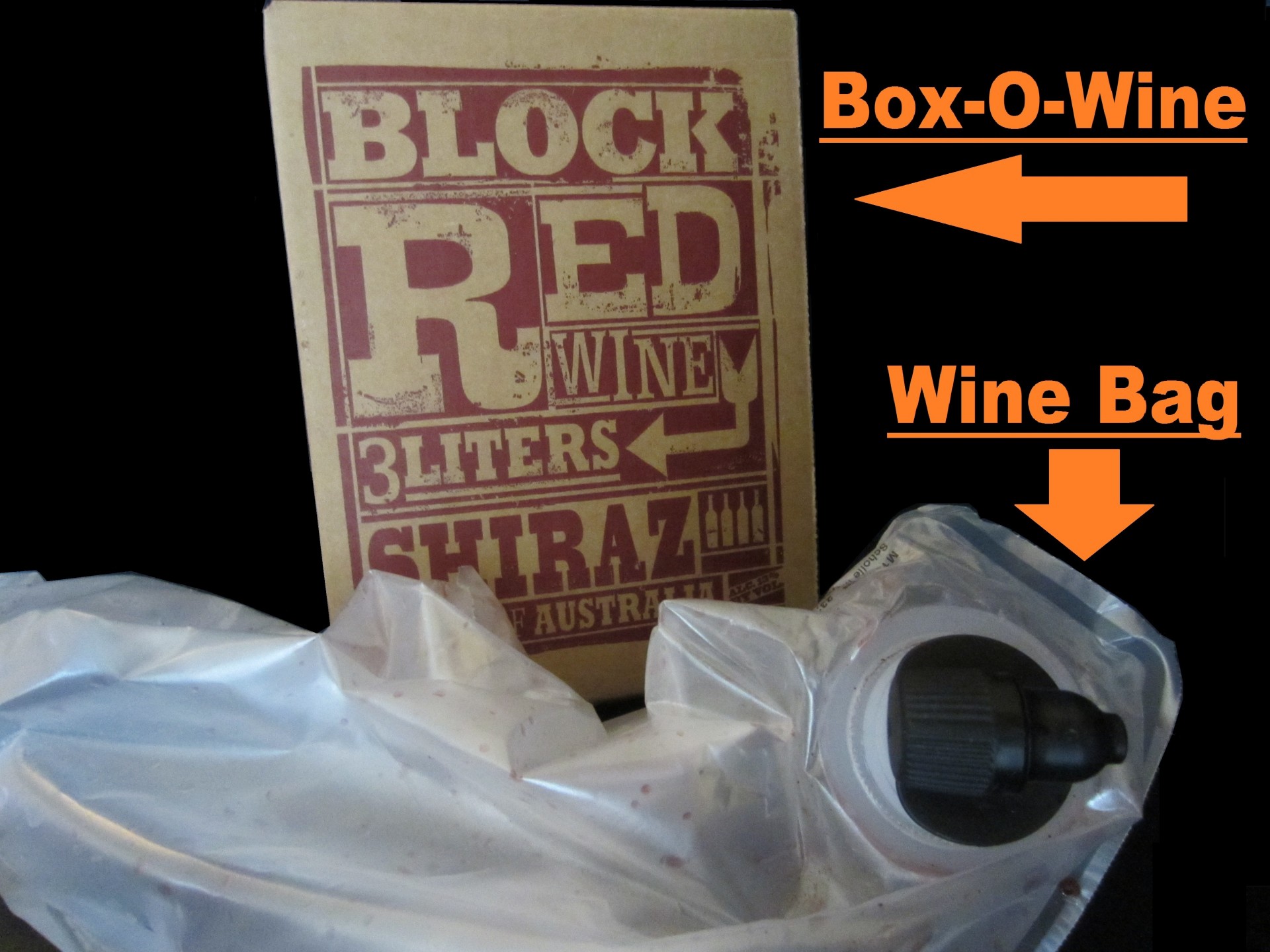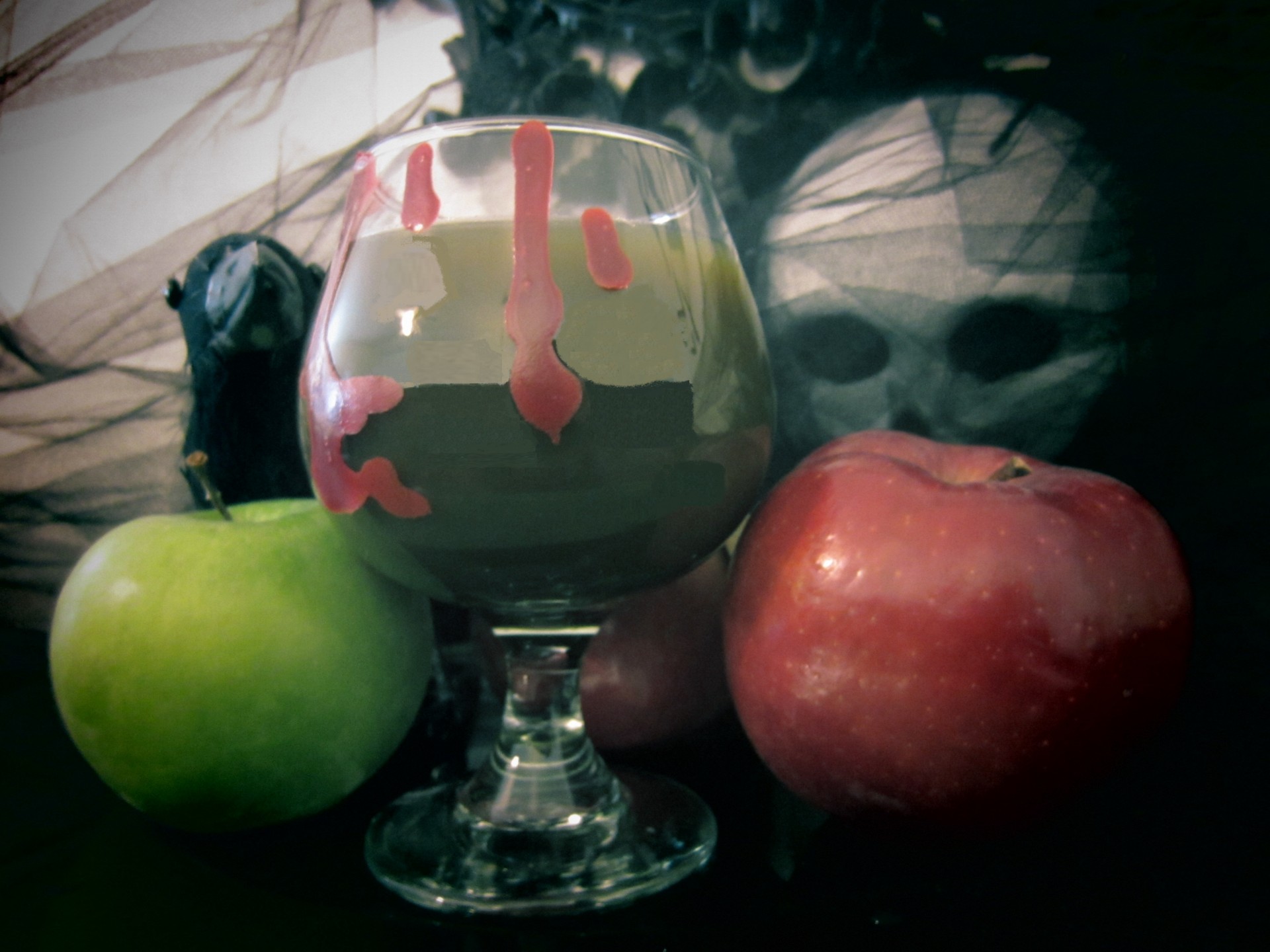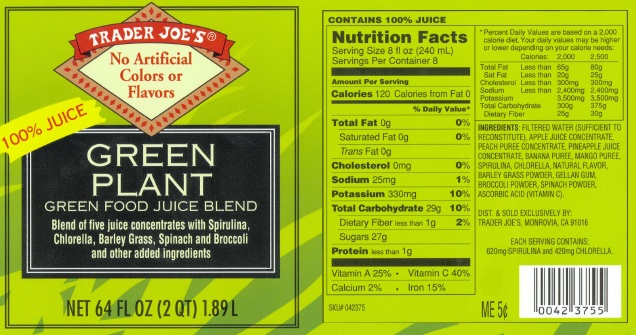Love it or hate it, with Halloween and Thanksgiving quickly approaching, ’tis the season for pumpkin beer— and business is booming. No longer is it just the so-called extreme-for-the-sake-of-being-extreme craft breweries busy in the brew house smashing pumpkins. Behemoth breweries like MillerCoors (Blue Moon Harvest Moon Pumpkin Ale), Anheuser-Busch (Shock Top Pumpkin Wheat), and Samuel Adams have all kicked around the pumpkin patch to produce their own seasonal salutes to the great pumpkin. In total, there are roughly 800 different commercial examples of pumpkin beer on the market to choose from today. Perhaps this is part of the reason why the GABF has officially canonized “Pumpkin Beer” as a beer style all to its own; a distinction shared with no other berry on the beer style roster (yep- pumpkin is a type of berry).
The bottom line is that if you’re still on the fence about pumpkin beer, there’s no better time to head to your local purveyor of craft beer, and put together a sampler pumpkin pack. You may discover your newest favorite pumpkin beer yet.
And chances are you’re either going to be invited to (or hosting) a Halloween/Thanksgiving-type event this year, or sometime in your bright and sunny future. Sure, you could always cleverly share a 6-pack of your new-found fav pumpkin brew, but that’s only a little clever. To really steal the show, present your pumpkin beer in style: with a Pumpkin Keg.
Not only is a Pumpkin Keg a party hit, it’s also easy to put together.
Here’s what you’ll need:
- (spoiler alert…) A pumpkin
- Pumpkin Beer (I make a few recommendations below)
- A box of wine (3-5 liters)… the kind with the pull-out plastic tap.
Here’s what you do:
1. Cut open the top of your pumpkin and scrape out all its pumpkiny guts just like you would when carving a pumpkin. Keep the top of the pumpkin to use as a lid later.
2. Using the plastic tap on your Box-O-Wine, transfer all of the wine out of its box.
3. Open the box of wine and remove the plastic bag from inside the box.
4. Cut out a hole near the base of your pumpkin that will snuggly accommodate the plastic tap. You may want to disassemble the plastic tap first (see step 6) to better determine the size of the hole you will cut.
5. Ensure that the plastic bag and tap fit well with the pumpkin by placing the wine bag inside the pumpkin and sliding the plastic tap through the hole you’ve cut. You may decide it’s easier to disassemble the plastic tap from the wine bag, place the wine bag inside the pumpkin, and then attach the tap from the outside. Adjust the hole in the pumpkin if necessary.
6. Remove the plastic bag and tap from the pumpkin and separate the plastic tap assembly from the plastic bag. This can take a couple minutes depending on the wine bag— some are easier to disassemble than others. If you get a tricky one, you can use the backside of a butter knife to wedge apart the circular plastic fitting surrounding the tap from the circular fitting on the plastic bag. [See picture below] The small plastic tap is pretty sturdy, but still, try not to twist or break it off of in the process.
7. Rinse out the plastic bag with water.
8. Gently fill the plastic wine bag with your pumpkin beer of choice. You can always use a plastic funnel to better guide the beer into the plastic bag, but either way, try to keep the beer as carbonated as possible by not splashing too much.
9. Carefully place the plastic bag into the pumpkin and push the plastic tap through the hole in the pumpkin. At this point, you may want to pull the plastic tap through the pumpkin hole from the outside of the pumpkin to adjust it, but BE CAREFUL! If you pull the tap forward with too much force, you may end up pulling it right off the wine bag and spilling beer all the floor instead of in your tummy, where beer belongs.
10. Place your carved pumpkin lid on the top of the pumpkin, and your Pumpkin Keg is ready for action.
*Optional: It’s up to you if you want to further pimp-out/decorate your Pumpkin Keg; just remember if you’re carving, it’s probably best to do that before you place a filled bag of beer inside the pumpkin.
Also keep in mind that there’re 33.814 ounces in a liter, and 12 ounces in a standard beer bottle, so if you’re filling a 3 liter bag, you’ll need about 8 bottles, or 14 bottles for a 5 liter bag. Can’t find a use for 5 liters of cheap wine? How about polishing off a few nice bottles yourself, refilling the bottles with box wine, and then serving them to your wine snob friends. Don’t feel bad, they deserve it.
If you want to serve more than just the 3-5 liters that a standard wine bag will accommodate, you can either collect and pre-fill other wine bags with pumpkin beer, or simply refill your existing pumpkin keg when it’s empty. In a pinch, you can just cut a hole in the top of the wine bag and pour your pumpkin beer in through the top, but this obviously isn’t as secure as the method described above.
Speaking from experience, I recommend doing a quick practice run with your Pumpkin Keg by filling the plastic bag first with water and then assembling it. That way if you make a mistake and spill somewhere in the process, you’ve only lost some water instead of precious beer.
If you wanted to forego purchasing the Box-O-Wine and removing the related plastic wine bag and tap for some reason, you could try cleaning out the inside of the pumpkin as described above, then take your chances wrapping the inside with plastic wrap, or melting wax and coating the inside of the pumpkin, and lastly buying and fitting the pumpkin with a plastic bottling bucket spigot from your local/online homebrew store. Good luck.
The idea with using a wine bag is to preserve the original flavor of the beer you’re adding by not having it come into contact with raw pumpkin flesh and also to prevent leaks. If you’re just using a tap or spigot and you cut the hole in the pumpkin too big, you either have to figure out a way to plug the excess clearance or buy a new pumpkin. No thanks.
The Raw Dog Pumpkin Keg (Not Recommended)
Some people might opt not to use the wine bag method or cover the inside of the pumpkin (with wax or plastic wrap), but instead pour the pumpkin beer directly into the hallowed out pumpkin after firing/flaming the inside of the pumpkin to create additional roasty flavors. Again, the problem there is not only is it extra work, it will almost certainly change the appearance and flavor profile of the pumpkin beer, perhaps not to everyone’s liking. (Most people probably wouldn’t care much for those little pieces of ash and other floaties that make their way into the beer either.)
But even if you don’t flame the inside of the pumpkin and simply want to add pumpkin beer to the raw flesh inside of a hallowed out pumpkin for some other reason (maybe to save time or to add some additional possible squash character to the beer), there are other problems.
For example, you can’t simply add ice to your pumpkin keg to keep it cool without worry of diluting your beer. However, if you use the wine bag approach, you could dump ice directly over the wine bag or put the ice in zip-lock bags, and place them around the wine bag to keep the beer cool.
Oh yeah, and there’s one other problem with adding beer directly into a hallowed out pumpkin…
Nucleation Aggravation
The other issue with allowing any carbonated beverage to come into contact with raw or roasted pumpkin flesh is that your beer will quickly become flat due to exposure to what is called “nucleation sites”. A nucleation site is anything on a surface that causes the physical separation of liquid, solid, and gas, or for our purposes, the CO2 separating from the beer resulting in flat beer. For a real world example of the effect of nucleation sites, let’s imagine that you’ve been served a beer in a dirty glass that has grime stuck to the inside of the glass. A speck of grime stuck to the inside of a glass is a nucleation site, and you can tell because you’ll see a stream of bubbles jetting away from it because that grime is separating the CO2 from the liquid in your beer (bar tending no-no). Because the inside of a pumpkin is one giant nucleation site, if you pour your beer directly into it, the beer will foam, which is your visual clue that the CO2 is separating from your beer. Bad idea.
Selecting a Pumpkin Beer
There is a vast diversity of different flavors within the pumpkin beer market, and because people have different personal tastes, my advice is always to try a few pumpkin beers out for yourself to see what you like.
That said, the majority of pumpkin beers on the commercial landscape today fall into two categories: (1) pumpkin beers that try to mimic pumpkin pie (including the spices), and (2) pumpkin beers that don’t.
If you’re looking for pumpkin-pie-in-a-bottle, I like KBC Pumpkin Ale from Trader Joe’s. It’s cost-effective at $5.99 a six-pack, but it’s also a bit sweet, bordering on Pumpkin Soda.
The other difficulty with recommending a beer has to do with availability. In other words, because the distribution of beer is very regionalized, what you might find in one state, you might not be available in another. With that in mind, here’s our 2015 review of of 40 pumpkin beers, many of which you can find in the western U.S. (west coast), and another 2015 review of pumpkin beers from Paste magazine you might find in the South. It’s important to read the descriptions of the beers and not just the rank to see what flavor profiles speak to you.
Now, if you’re a homebrewer with a killer pumpkin beer recipe, rack that bad boy into a Pumpkin Keg, and we’re talking the ultimate pumpkin trifecta.
By the way, find a good watermelon beer in the summer, and the Pumpkin Keg concept easily translates into a Watermelon Keg. I also have ideas for making a Turkey Keg— just waiting on Dogfish Head to create an off-centered Turkey Beer. Only question would be which end to put the tap…
Now that you know how to rock the Pumpkin Keg, go forth and be the king/queen of Halloween and/or Thanksgiving. I’ll be here self-loathing, wondering how I turned into the Martha Stewart of beer.
I just keep telling myself “It’s a good thing…”
Cheers!
Like this blarticle? Well, thanks- you’re far too kind.
Tweet-worthy? That would be very kind of you: Tweet
Want to read more beer inspired thoughts? Come back any time, friend us on Facebook, or follow us on Twitter:
Or feel free to drop me a line at: dan@beersyndicate.com
Hi, I’m Dan: Beer Editor for Beer Syndicate, Beer and Drinking Blogger, Gold Medal-Winning Homebrewer, Beer Reviewer, AHA Member, Beer Judge, Shameless Beer Promoter, and Beer Traveler. Interests? Beer.










